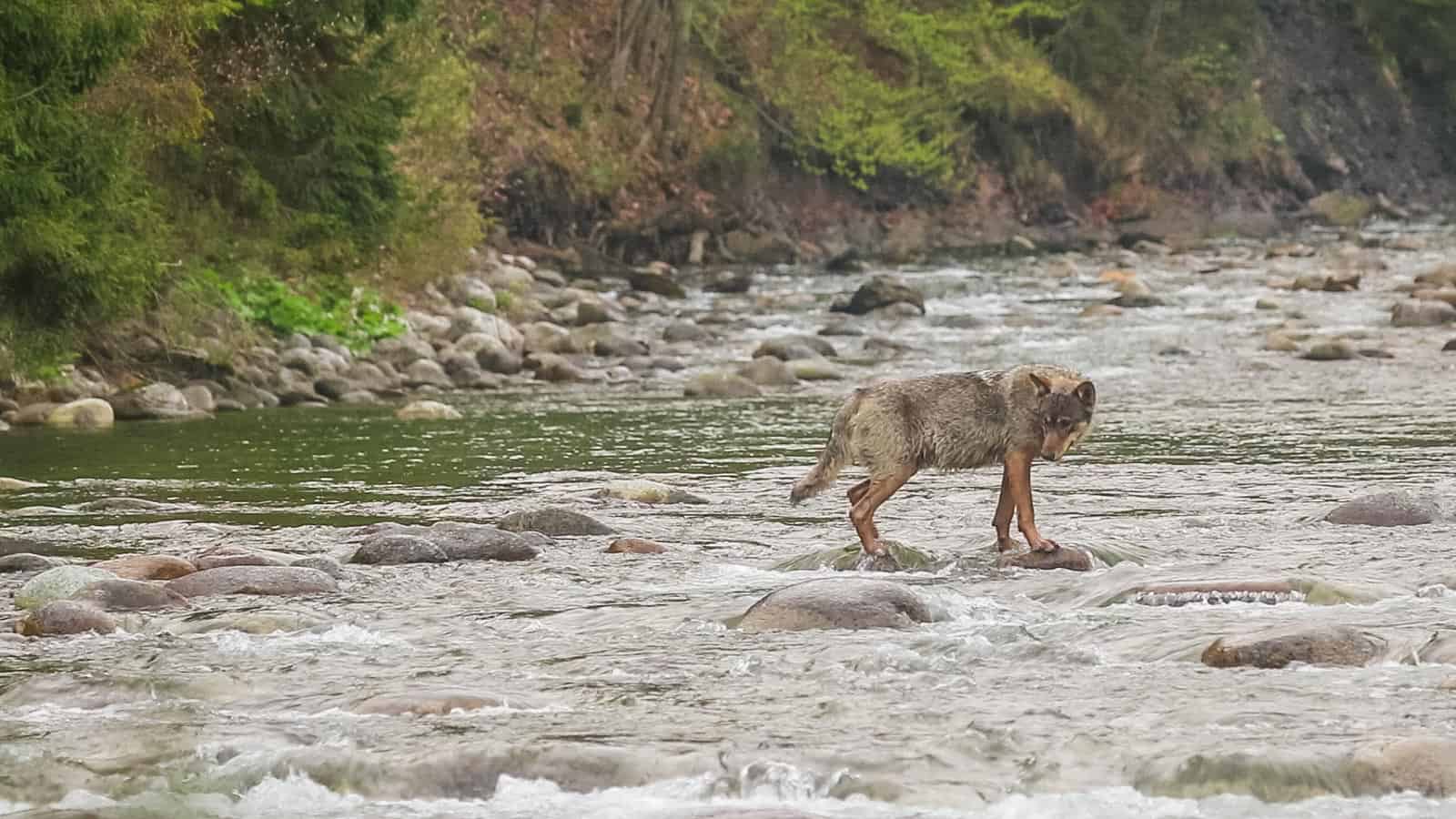Does Norway have a new wolf species?
Not exactly but wolves today are in many ways different than their 1800s counterpart. They still hunt, have puppies, and live in packs but they are restricted to a geographically limited area, and the population level is maintained as low as to be considered viable. Norway currently has about 30 wolves in addition about 50 wolves migrate between Norway and Sweden. The Norwegian wolves are primarily restricted to a “wolf zone” that extends from Rendalen in the north to Aremark in the south, and includes Oslo, Bærum and Hvaler. Wolves that establish themselves outside this wolf zone are usually killed. Those 30 Norwegian wolves in Norway are allowed to raise three litters a year. In principle, any additional litters can be shot. Today’s ‘Norwegian wolves live fairly regulated lives so are they really wild?
Many people are concerned with keeping the wolf wild, natural and authentic. The challenge for the modern management program is that detailed monitoring and management jeopardize the status of the wolf in Norway as wild and authentic and that people eventually won’t see the value of preserving the wolf. Wolf mapping and monitoring constitute one management tool. Current management practice requires detailed monitoring of the population, through tracking, genetic markets, GPS and radio tagging. With the advent of genetic markers as a mapping tool, it is known that almost all the wolves date back to 1983 and have been plotted onto a pedigree chart, and the family tree shows that almost all the wolves in the 1980s originated from two Russian wolves. Later, five Russian wolves joined the population (one in 1991 and four in 2007), which has helped the inbreeding problem. So really the ‘Norwegian’ wolf is really Russian.
Also, these management tools result in changes to the natural wolf and how the wolf is regulated, the state controls the genetic development which means that we can intervene and prioritize wolves with the most ‘valuable’ genes, whatever that might mean.. The new management tools and the intensive management of wolf populations raises the question the question of how wild wolves are today. However, realistically with still the mindset of wolves are seen as a threat, preservation would not be possible in practice without management tools such regulating populations, hunting free zones, and the inevitable monitoring and genetic marking. The regulation is necessary in the eyes of many if such a controversial species is to be protecte
Original article: Science Daily
Source: The Norwegian University of Science and Technology








